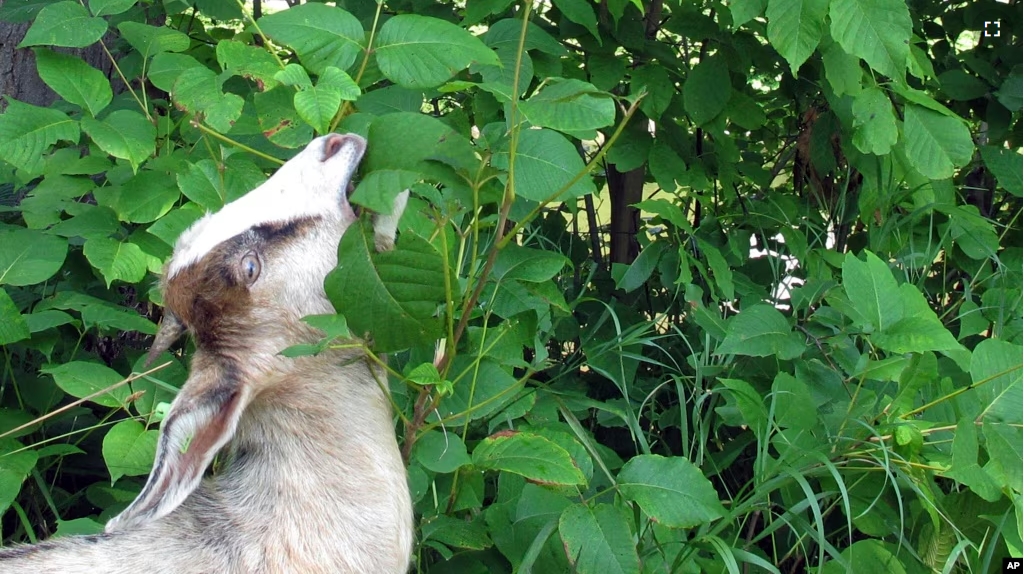Experienced gardeners have likely learned to look out for poison ivy, a common plant found across North America, Europe and East Asia.
While this green, leafy plant is not life-threatening, it can cause severe skin reactions in many people.
Associated Press gardening writer Jessica Damiano recently wrote that while she personally has not had any bad experiences with poison ivy, many gardeners she knows have.
So in an effort to help gardeners – or people who simply enjoy spending time outdoors – deal with this plant, Damiano has come up with some suggestions for how to find and safely get rid of it.
What is poison ivy?
The official name for poison ivy is Toxicodendron radicans. The plant contains oily chemical compounds, called urushiols, in its leaves, stems and roots.
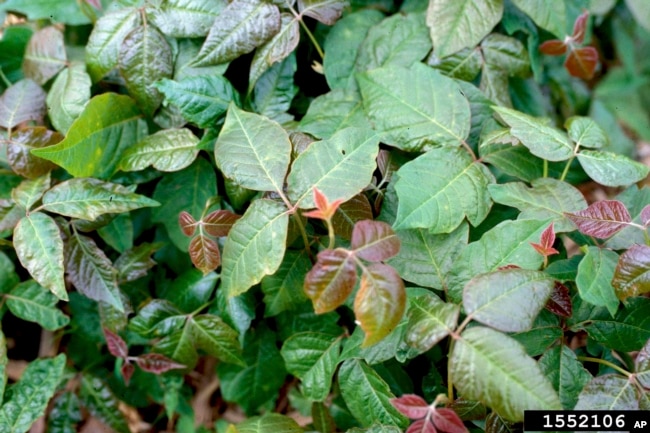
The American Skin Association estimates about 85 percent of the U.S. population is allergic to urushiols. Of those, between 10 to 15 percent are considered “highly allergic.”
The group says this makes the plant concerning – and possibly dangerous – for about 50 million Americans affected each year.
Damiano writes that this means poison ivy should be removed from gardens in most cases. But that can be tricky; touching the plant to remove it can harm those involved.
How to identify poison ivy
Identifying poison ivy plants can be difficult. This is partly because the plant takes on different appearances at different times of the year.
Most often, however, its leaves are made up of three leaflets each. The middle stem is longer than the stems of the side leaflets. Young leaves usually appear shiny, while older leaves do not. Larger, older vines, especially those climbing up trees, are hairy. Leaf color can be green, red, pink-tinged, yellow or orange. Some leaf ends are smooth, while other have toothed edges.
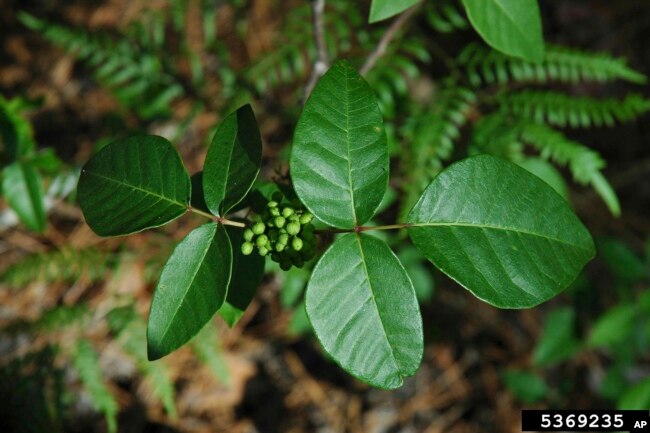
Damiano admitted that even she has trouble spotting poison ivy. She has misidentified the plant in the past. She said some people might want to seek advice from a poison ivy expert or do research online. Local agriculture organizations can also be helpful in confirming a poison ivy identification.
How to safely remove it
When dealing with poison ivy, people should wear protective clothing for their hands, arms, legs and eyes. Avoid touching anything in the process, especially the face. Remember the plant can pass on its poison through clothing or tools.
The best way to completely remove poison ivy is to pull it up by its roots. For gardeners living in a four-season area, the job will be easiest in early spring, when the ground is softer.
The main roots of the plant can grow down about 30 centimeters and runner roots can spread outward in lengths up to six meters. Both of these root systems must be removed to avoid future growth.
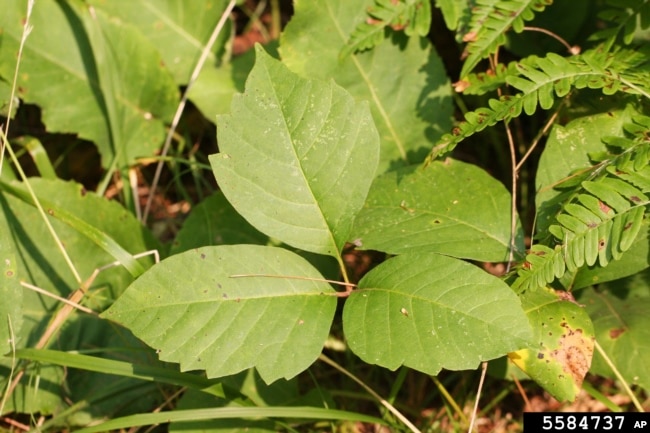
How to clean up afterward
All parts of the poison ivy plant must be effectively removed. This material should be placed in a tightly sealed, heavy black plastic bag and set out for waste removal. Poison ivy should never be burned. That is because the smoke is known to contain harmful substances that could be deadly if breathed in.
After completing removal operations, do not touch anything. The plant’s poisons can remain. First, wash your hands with one of several specialty products made to completely remove all poisons from the plant. Avoid using your normal soap because these can spread the plant’s oils to other parts of the body. After removing all clothes, take a shower with the same specialty cleanser.
I’m Bryan Lynn.
The Associated Press reported this story. Bryan Lynn adapted the report for VOA Learning English.
Quiz – How to Deal Safely with Poison Ivy in the Garden
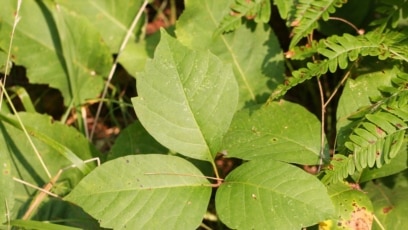
Start the Quiz to find out
______________________________________
Words in This Story
gardener – n. a person who works in a garden: the area belonging to a house that involves growing plants, flowers, trees, etc.
stem – n. the long, thin part of a plant that the leaves and flowers grow on
allergic – adj. having an allergy: a medical condition in which your body reacts badly to something you eat, breath or touch
seal – v. to close off an entrance or container so that air or liquid cannot enter or leave
